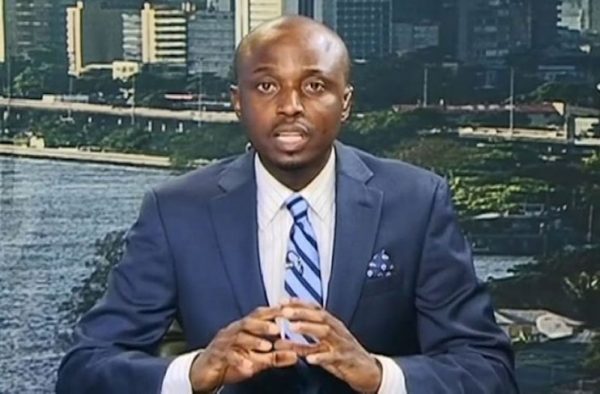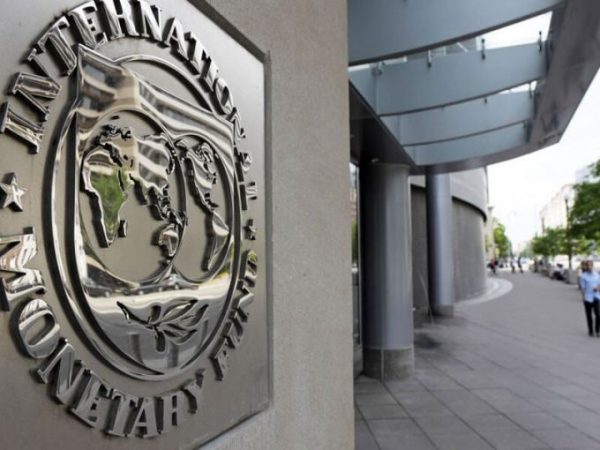FG Urged to Target Double-digits Growth Rate to Reset Economy
In order to reset the Nigerian economy, the federal government has been advised to develop policies that would enable the country to achieve economic growth rate that is higher than its population growth rate.
Head of Research at Agusto & Co, Mr Jimi Ogbobine, gave the advice while speaking at the 2018 annual conference of the Finance Correspondents Association of Nigeria (FICAN) held in Lagos.
Nigeria’s population growth rate of about 2.7 per cent has completely overtaken its economic growth with the Gross Domestic Product (GDP) figures for the second quarter 2018 showing growth rate of 1.50 per cent (year-on-year).
Ogbobine, stressed that the government should take more loans to fund critical infrastructure.
He explained: “If you look at our GDP for instance, the best-case scenario is that GDP growth rate is going to be about two per cent, but our population growth is at about three per cent. What that means is that our population growth rate has outstripped our GDP growth rate and as a result of that, our per capital income has reduced.
“So, the country needs to discuss the fundamental issues. When you have a growth rate that is smaller than your population rate, what it means is that you are going to be as a country getting poorer and it leads to insecurity.”
Ogbobine pointed out that the bulk of funds to finance the country’s infrastructure would come from borrowing, with a larger share being domestic debts. He added that funding the capital budget would require higher than planned borrowing with adverse implications for interest rates and interest costs for the economy.
“The federal government’s borrowing to fund infrastructure is likely to be between N1.2 trillion to N1.6 trillion. The implementation is unlikely to start before the second quarter and revenue is likely to be lower than planned. Actual funding from asset restructuring, recoveries and “other” may be substantially lower than the planned level of N2 trillion.
“Therefore, fully funding the capital budget will mean higher than planned borrowing, with adverse implications for interest rates and interest costs.
“Every kobo of infrastructure spending is financed by debt constrains ability to fully fund budgeted amounts. Debt as percentage of revenue is significantly higher than the median, of 200 per cent for countries in Middle East & Africa.
“Federal government plan to partly finance 2018 capital expenditure with proceeds of asset sales,” he said.
Speaking on inflation, he said a hyper-inflationary environment is one where prices double at least every three years. “This means inflation rate of about 25 per cent per annum. In such environments, investors hold savings in low inflation currencies in dollars, pounds sterling and Euros and business persons price products (particularly those with a high import content) in these low inflation currencies, usually the dollar. In effect, such environments are “dual currency environments”.
“Real GDP per capita should grow in 2018. It should be easier for businesses to access forex to fund their operations. Most businesses should see top line and profit growths. Unemployment rate will fall but the level will remain high,” he stated.
Continuing, the analyst said actual deficit may be lower than planned deficit largely because of a low implementation of the capital budget.
Ogbobine, said based on the long-term inflation difference, the naira-dollar exchange rate should close 2018 at about N420/1 in the Investors’& Exporters’ forex window.
He however predicted that if oil revenues increase, the CBN would try to maintain interest rate at its current level.
He explained that despite Nigeria remains Africa’s largest economy but noted that the country’s over-reliance on crude oil exports poses a challenge to the economy.








